#cultures
Text


Today is Sant Jordi (Saint George's Day), one of the most beloved traditional holidays in Catalonia ❤️ the day of literature, love, and the Catalan language.
In these two images, you can find an explanation of this tradition. The first photo is an auca, a way of explaining stories with drawings and rhymes that is traditional from Catalonia and has been very popular between the 1600s and the 1930s and to a lesser extent still done nowadays.
I wish everyone a happy Sant Jordi with lots of books and love, and in a time when the right-wing furiously attacks our language and culture, a day of fight for Catalan language and literature.
#sant jordi#tradicions#catalunya#catalonia#culture#cultures#saint george#travel#europe#ethnography#world cultures#world book day#books#bookblr#reading
91 notes
·
View notes
Text
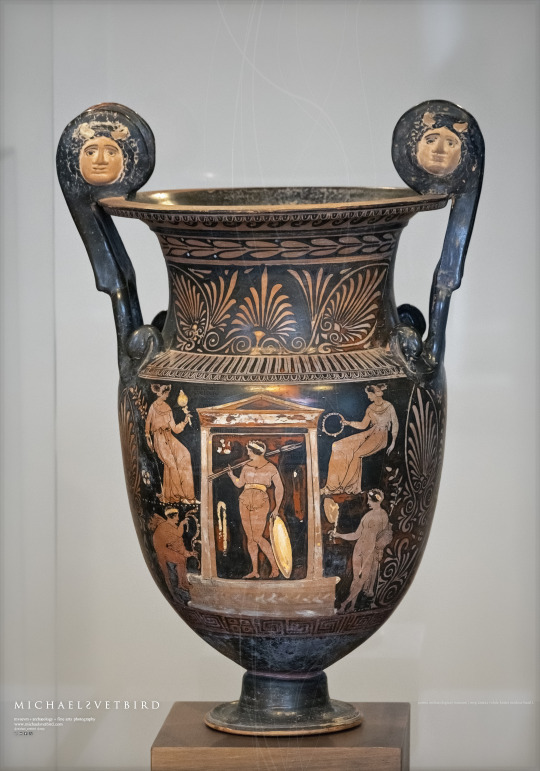


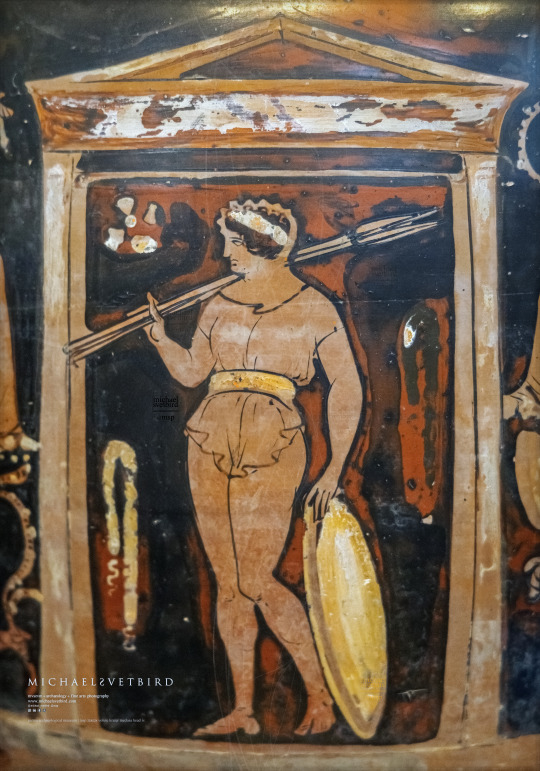
KRATER W/ THE HEAD OF MEDUSA:
Apulian Red-figured Volute Krater
Attributed to the Painter A of the Heroa Group
Ca 350 BC
[Sides A & B: Scenes from the cult of the dead]
Pic 1 : Side B;
Pic 2 : Side A, upper register, Medusa's head close-up;
Pic 3 : Side A;
Pic 4 : Side B, vessel body close-up:
Male or Female [4] ?..
Somebody's portrait? What is your opinion?
Museo Archeologico Nazionale di Parma | MANP
[Pilotta, Archaeological Museum, Floor 2]
https://complessopilotta.it/en/archaeological-museum
MANP | Michael Svetbird phs©msp 22|02|24 6000X4200 600 [I., III., IV.]
The photographed object is collection item of MANP, photos are copyrighted
[non commercial use | sorry for the watermarks]
.
#parma#archaeological museum#museo archeologico#apulian#puglia#magna grecia#krater#red figure pottery#vase painting#ancient pottery#pottery#ancient art#antiquity#ancient#archaeology#museology#museum#mythology#greek mythology#art history#antiquities#heritage#cultures#medusa#μέδουσα#warriors#art photography#archaeology photography#museum photography#michaelsvetbird
20 notes
·
View notes
Text
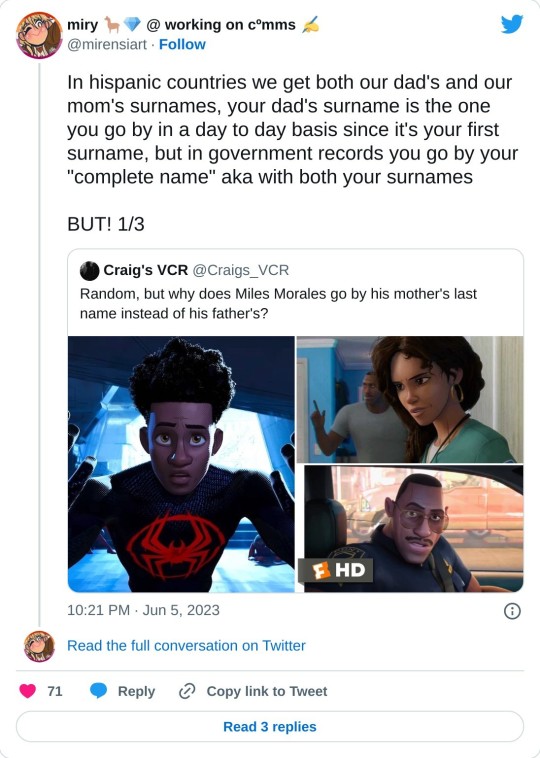

#names#spiderman#learn something new every day#food for thought#cultures#americomi#hispanic#miles morales#gumoguy
34K notes
·
View notes
Text
In the weeks since Hamas' Oct. 7 attack, Israeli airstrikes on the Gaza Strip have killed more than 15,000 Palestinians, according to Gaza's health ministry, and destroyed thousands of homes in the territory.
And there have also been tremendous losses to the region's ancient and globally significant cultural heritage. The region was a hub for commerce and culture under Egyptian, Greek, Roman and Byzantine rule. It remained influential for centuries thereafter.
A recent survey by the group Heritage for Peace details the damage done so far to more than 100 of these landmarks in Gaza since the start of the present conflict.
The casualties include the Great Omari Mosque, one of the most important and ancient mosques in historical Palestine; the Church of Saint Porphyrius, thought to be the third oldest church in the entire world; a 2,000-year-old Roman cemetery in northern Gaza excavated only last year; and the Rafah Museum, a space in southern Gaza which was dedicated to teaching about the territory's long and multi-layered heritage — until it was hammered by airstrikes early on in the conflict. (...)
"If this heritage be no more in Gaza, it will be a big loss of the identity of the people in Gaza," said Isber Sabrine, president of Heritage for Peace, in an interview with NPR. (...)
"The people in Gaza, they have the right to keep and to save this heritage, to tell the history, the importance of this land," he said.
The 1954 Hague Convention, agreed to by Palestinians and Israelis, is supposed to safeguard landmarks from the ravages of war. But landmarks in Gaza have been destroyed by Israeli strikes in earlier rounds of fighting. Dozens of sites, including the now-obliterated Great Omari Mosque, suffered damage in 2014. A report by UNESCO, the United Nations body that designates and protects World Heritage sites, cites further destruction to cultural and historic sites in Gaza in 2021. (...)
Destruction of historical sites and other cultural sites is part of genocide, it's the destruction of the proof of a people's relationship to the land and a horrible emotional blow at the community. UNESCO must act immediately against Israel's destruction of Palestinian heritage, and every country and international organism must expel Israel and impose sanctions to make the genocide and apartheid end.
#💬#palestine#gaza#israel#free palestine#world heritage#cultural heritage#historical sites#archaeology#cultures
2K notes
·
View notes
Text
I don't like this for so many reasons. Anglophone (usually USAmerican) writers often take foreign words and misrepresent them in their books, misinforming a whole new wave of readers in the process. They regularly do this with Greek as well. These languages haven't resisted assimilation and suppression so they can be used as USAmerican accessories in 2023.
709 notes
·
View notes
Photo
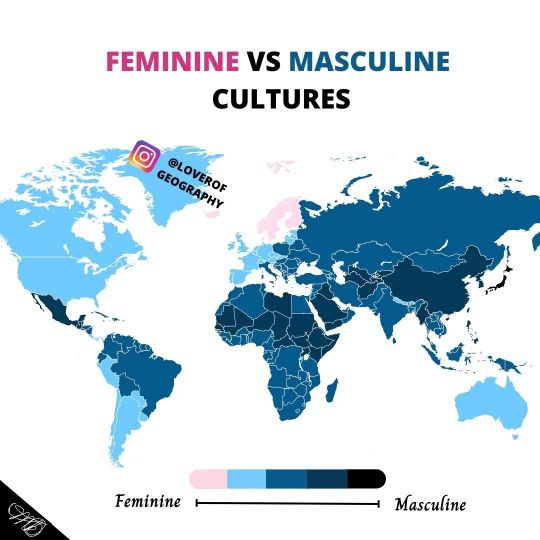
The most masculine and feminine countries according to one the dimensions of Hofstede.
by loverofgeography
647 notes
·
View notes
Photo
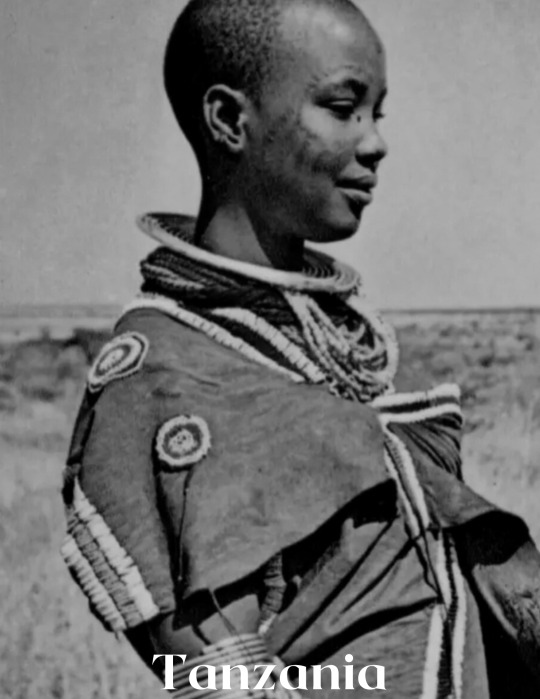

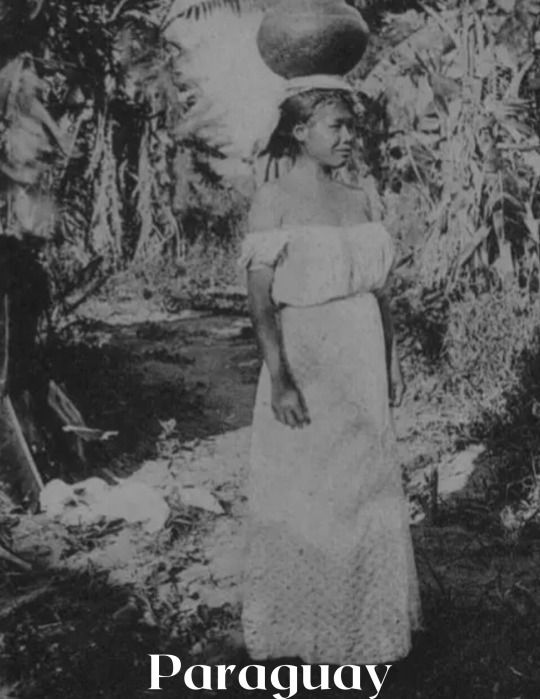

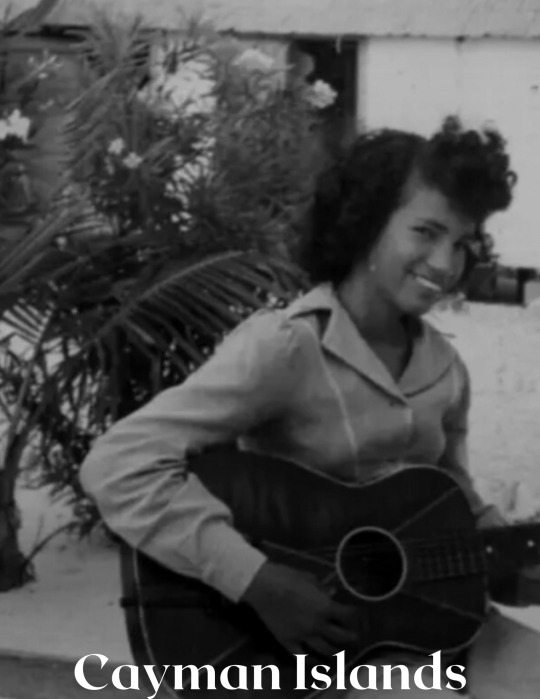
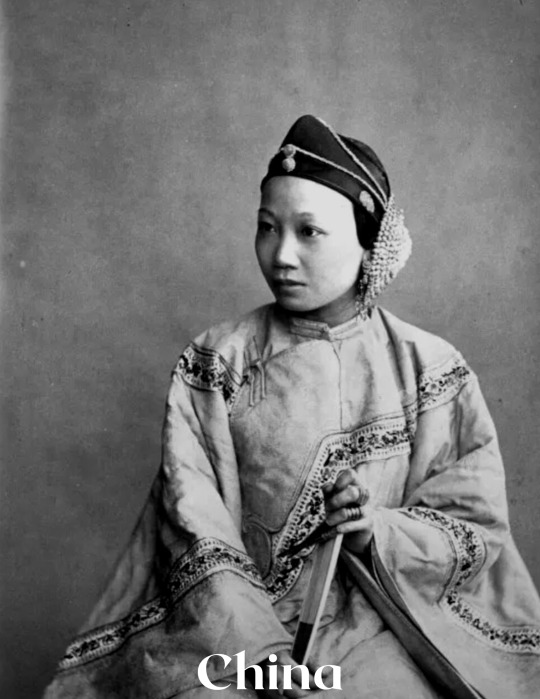

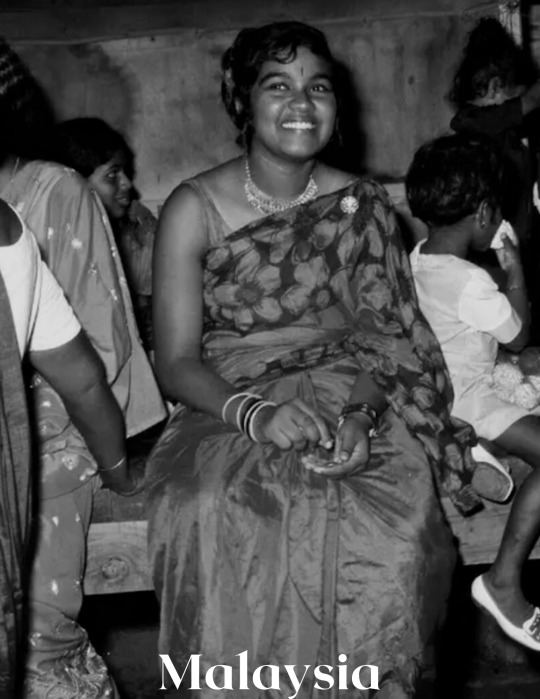
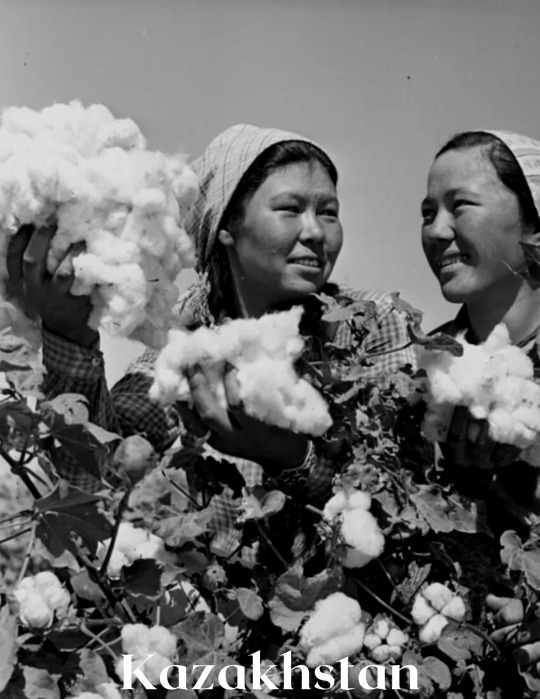

beauty around the world: pt 8
#beauty around the world#history#women in history#beauty#tanzania#suriname#paraguay#polynesia tahiti#cayman islands#china#mozambique#kazakhstan#kenya#cultures#beauty in cultures#around the world#malaysia
601 notes
·
View notes
Text
One of my morbid fascinations is mourning customs around the world.
I know that in the West it's mostly silent and solemn. Quiet respect for the dead.
The people of my motherland prefer to howl loud enough for the dead to hear.
I personally have always been a quiet mourner. Then again, it might have a lot to do with my reluctance to draw any attention to myself at all times. From the living and the dead, I suppose.
416 notes
·
View notes
Text

Algerian details ✨
62 notes
·
View notes
Text


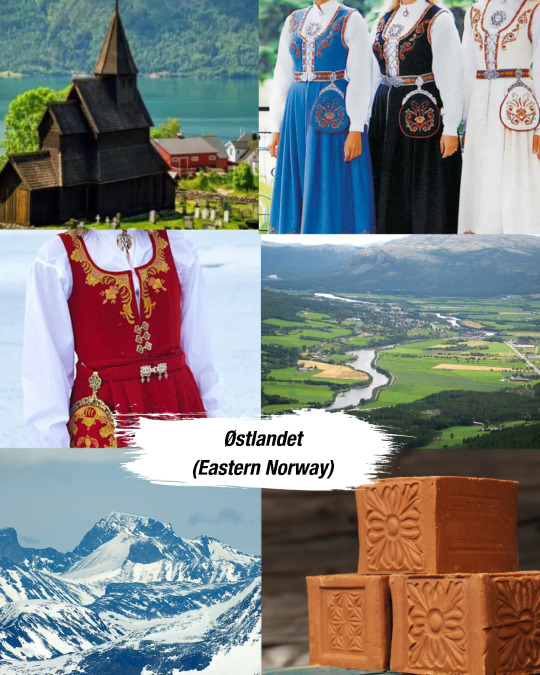
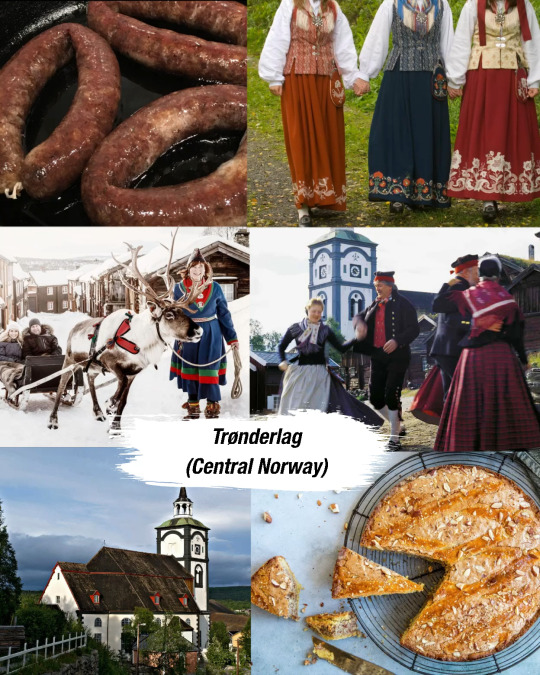

The big regions and the culture within each one
Norway has 5 big regions, theese are the 5.
I've mad a little collage of the culture and food within each region:)
#norway#bunad#norge#culture#norwegianculture#culturenorway#traditional#norwegian#bunadstakk#vintagenorway#culturalwear#cultural shoes#cultural wear#cultural art#cultural clothing#cultural food#nordic culture#cultures#cultural#tradtional wear#traditional shoes#traditional clothes#traditional clothing#traditional food#traditional wedding#traditions#traditional art#sámiclothing#sámiculture#sámi norway
88 notes
·
View notes
Text
The Catalan authors who were kept out of the Nobel Literature Prize for being Catalan
Did you know that there have been a handful of Catalan writers who were candidates to win the Nobel Literature Prize, but because of Spanish interference they never did?
The Nobel Prize discloses its debate and reasoning process 50 years after each edition. This means that we already know the details of what happened in the earliest editions of this Prize, which was started in 1901.
The name of the Catalan play-writer Àngel Guimerà (author of Marta of the Lowlands, Mar i cel, La filla del mar...), whose works have been translated to many languages and played all around Europe and the Americas, with many film and opera adaptations, sounded often in the Nobel committee. He was presented as a candidate to win the Nobel Prize 17 times in a row, since 1907 until his death in 1924. In the editions of 1917 and 1919, many were convinced he would win. However, the declassified documents show why he didn't: as written by the man who was then president of the Nobel Committee, Haralg Härne, Guimerà wasn't given the prize "to avoid hurting the national pride of the Spanish". In 1919, Härne writes that the objective of the Nobel Prize is to promote peace and thus to award Guimerà and show support for a minority culture would be to encourage internal conflict (🤦). The Academy decided that they couldn't give a prize to Guimerà "before awarding another writer who expresses himself in the most ancient noble language of the country" (weird way to mean "the official language", aka Spanish, because they surely didn't mean Basque). In summary, if a Catalan is to be considered, he must always be second to a Spanish man. Even when the Catalan is, in the words of the Nobel Academy, "the most eminent writer of our times", he can never be considered an equal, always must be behind.
Àngel Guimerà wrote in the Catalan language, which was discriminated against by Spanish and considered an enemy by the Spanish government and much of Spanish society. Guimerà was a firm defender of the right to use the Catalan language and that nobody should be forced to speak the imperial languages instead of their own, and was involved with the political movement for the rights of Catalan people. For this reason, every time the famous Swedish academy was considering Guimerà, the Spanish Royal Academy of Language (RAE) fought it with all its might. Nowadays, Guimerà's theatre plays continue to move thousands of spectators every year.
The same happened again with the poet Josep Carner. In the 1960s, Josep Carner was on exile, because he was a Catalan poet writing in Catalan and who stood against the fascist dictatorship of Spain, which persecuted the Catalan language and identity. Famous writers from around the world, including T. S. Eliot, François Mauriac, Giuseppe Ungaretti and Roger Caillois, supported Josep Carner's candidacy to win the Nobel, but the Spanish Government did everything possible to obstruct it. We don't know if Carner would have won or not, but he was deprived of even trying because of the Spanish government's hatred of Catalan.
Something similar seems to have happened between the 1970s and 1990s to three other Catalan poets: Salvador Espriu, J. V. Foix, and Miquel Martí i Pol, where they did not get any support from the Spanish authorities, so we don't know how it would have ended up.
Another example of what it means to have a state actively working against you because of bigotry against your cultural group.
Sources: book Det litterära Nobelpriset by the president of the Nobel Committee Kjell Espmarck, Pep Antoni Roig (El Nacional), Joan Lluís-Lluís (El Punt Avui), and Jordi Marrugat (Institut Ramon Llull).
#literatura#arts#història#àngel guimerà#josep carner#literature#books#reading#nobel prize#nobel literature prize#catalanophobia#catalanofòbia#catalan#cultures#writing#human rights#minority languages#1900s#history
56 notes
·
View notes
Text

"If we assume that camp humor is based on juxtaposing incongruous extremes, it should flourish in the lesbian community as well as in the male homosexual community. But talking to these old-time butches, one is not struck by their campy sense of humor as one is when listening to or reading about old-time queens. Rather it seems to us that butches were unquestionably smart and quick, but their strategy for survival was assertion, and sometimes aggression, whereas queens based their strategy on wit, verbal agility, and a sense of theater. Gay men took care of and healed people through their words. Judy Grahn remembers one evening in the late fifties when two policemen came over to the table where she was sitting with a friend. They shone a flashlight in their faces and required them to say their first and last names out loud:
Sweat poured down my ribs as I obeyed. After they left, my friend and I sat with our heads lowered, too ashamed of our weakeness to look around or even to look each other in the face. We had no internal defense from the self-loathing our helplessness inspired and no analysis that would help us perceive oppression as oppression and not as a personal taint of character. Only the queens with their raucous sly tongues helped us get over these kinds of incidents. They called the policeman "Alice Blue Gowns," insulting them behind their backs. "Alice Blue Gown tried to sit on my nightstick but I said No. You dirty boy! I know you're menthrating!" one plump faggot in a cashmere sweater would begin and soon we would be laughing and feeling strong again."
-The Persistent Desire, ""They was no one to mess with" The Construction of the butch role in the lesbian community of the 1940s and 1950s", Elizabeth Lapovsky Kennedy & Madeline Davis (1992)
#history#lgbt#lgbtq+#lgbt history#lesbians#butch#femme#butch femme#cultures#lesbian history#gay history#writing#recs#gay#the persistent desire
220 notes
·
View notes
Text
just came across this map, i think it's quite interesting! it shows the identity sentiment of pertenance to a province / autonomous community by province, in brown-ish you have those provinces where the feeling is strongest, and in blue-ish those where the feeling is lowest.

the conclusions i can get while looking at it are
galicians, catalonians, basques and canarians are the ones with the highest regional identity. that should be no surprise, it makes a lot of sense as their cultures are the most distinct
all of castile has the lowest regional identity, which also kinda make sense i guess.
you can clearly see the two largest autonomic disputes in the country: guadalajara not feeling manchego (in fact i found this map on a tweet from someone from guadalajara demanding they secede from la mancha) and the old kingdom of león (león, zamora and salamanca) not feeling castilian.
andalusia is also quite interesting to me because you can clearly see the split between western and eastern andalusia. the west feels very andalusian, while the east not so much, especially almería.
the 'neutral' ones are the most interesting to me i think. i understand why madrid is like that, and i sorta get the balearic islands as well (people there tend to identify with their island and not the autonomy?), as well as murcia (people from cartagena would rather have a province of their own) but i have no clue about most of these
feel free to add your thoughts !!!
16 notes
·
View notes
Text

A Nenet child named Olga. Nenet people are nomadic reindeer herders in the vast Siberian land of Eastern Russia.
©️ Nicola Ducati
406 notes
·
View notes
Photo
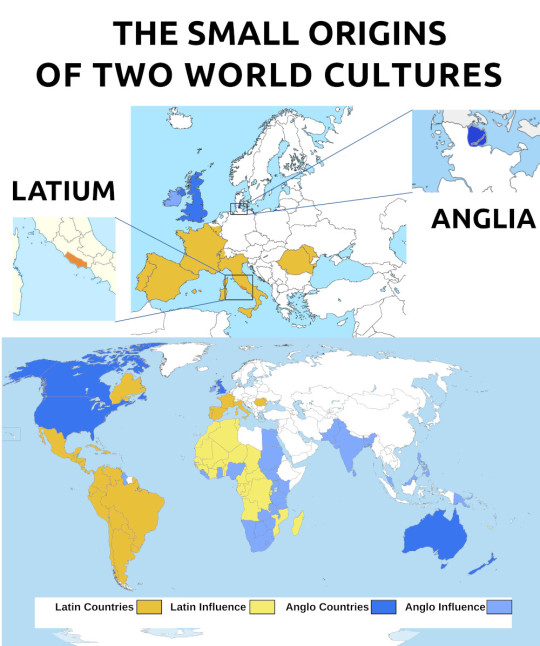
The Latin and Anglo Original Birthplaces
368 notes
·
View notes
Text









✨🇮🇩 Rumah Gadang 🇮🇩✨
Channeling my inner Indonesian with For Rent expension pack! I present to you Rumah Gadang — a traditional Indonesian architecture. Influenced by the rich cultural heritage of my country, Indonesia. ✨
Build Details
• § 69.680 | 40x30
• 2 Bedroom | 1 Bathroom
• No CC | Playtested | Functional
EP: For Rent, Horse Ranch, Cottage Living, Island Living, City Living, Snowy Escape, Seasons, Get Together
GP: Jungle Adventure, Spa Day
SP: Home Chef Hustle, Laundry Day
Kit: Basement Treasures
✨ SPEED BUILD ON MY YOUTUBE CHANNEL! ✨
📥 Download Here 📥
Gallery ID: hanquarter
Tray Files: https://simfileshare.net/folder/206549/
#sims 4#the sims 4#the sims 4 build#the sims 4 builds#builds#ts4#the sims#decor#home decor#indonesia#rumah gadang#traditional#house#culture#heritage#cultures#southeast#asia#houses#padang#west sumatra#sumatera#island#mountain#sumatera barat#household#village#villages#wonderful indonesia
23 notes
·
View notes